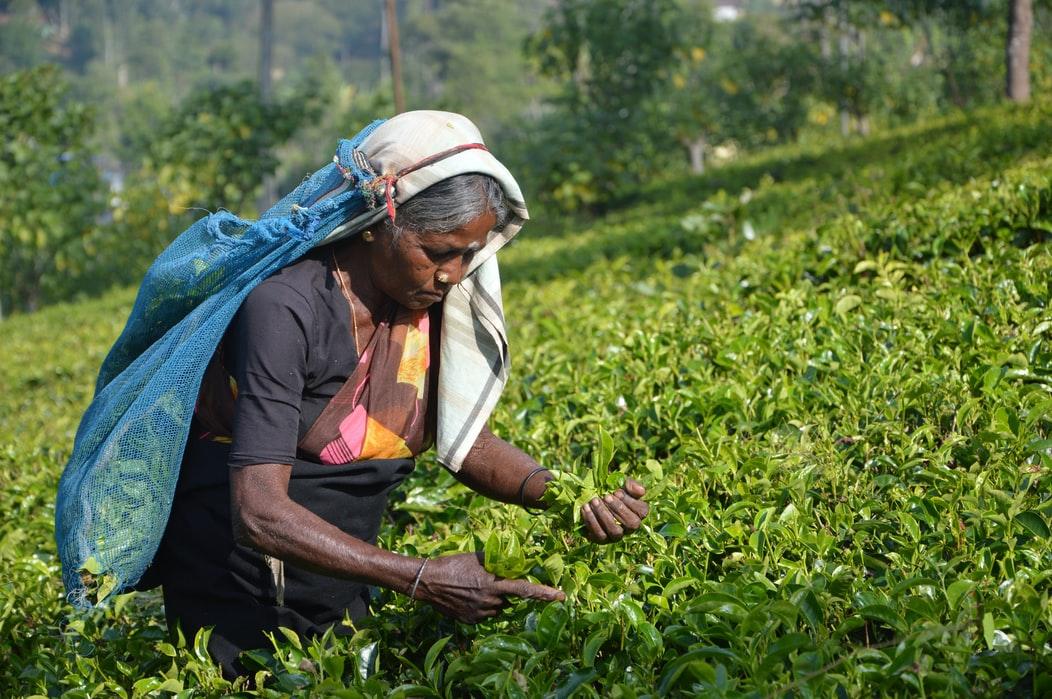Improving Rural Women’s Access to Insurance through Technology and Design Thinking

This 2-part article focuses on rural women’s needs to access to insurance, and related research to better understand the importance of gender-responsive insurance products to mitigate women’s financial and health risks. In this Part, you will read about the current context with references to research and emerging trends. Part II will provide a deeper view of these trends in the agricultural insurance sector, with examples from the field.
Worldwide, women represent an emerging customer segment for insurance with high growth potential, and there is an increasing interest among insurers and development partners in factoring gender into the design and implementation of inclusive insurance. IFC’s SheforShied report highlights that the insurance industry could earn up to $1.7 trillion by 2030 by targeting women customers, with 50% of the earning from the Global South countries. According to the same research, women are willing to spend between 10-15% of their income on insurance, especially on health insurance. Notably, empowerment of women will greatly enhance the global economies in general. McKinsey Global Institute’s Power of Parity Report (2015) uncovers that the global GDP in the 95 countries analyzed would increase by US$28 trillion if gender gaps were closed, and global GDP would increase by US$12 trillion if each country performed only as well as the best-in-region on gender equality.
It is important to have gender-sensitive insurance products to address women-specific life cycle needs and associated risks arising from cultural and socio-economic patterns, which would in return lead to a growth in the insurance market. Developing gendered risk solutions requires cultivating a more nuanced understanding of their preferences and behaviors in the context of social norms, relationships, and power dynamics. Insurers are becoming increasingly aware of risk profiles of women and their protection needs. Closing the gender gap to mitigate women’s financial and health risks has become an important part of closing the protection gap especially in the last mile.
As of 2019, agriculture remains the main economic driver of many low-income countries, providing 60.4% of employment, mainly rural, and usually a sole income source for over one billion people. Despite the importance of agriculture in food production for the nation and the world, agrarian communities suffer from the highest incidence of poverty and food insecurity. The barriers for smallholder farmers to prosperity are well known- lack of finance, quality inputs, knowledge, ICTs and connections to structured value chains. Among them, women are disproportionately affected due to relatively less access to resources and opportunity-enhancing services, lower levels of education and asset ownership compared to male counterparts. Furthermore, social norms in some societies could be a serious barrier to gender equality which entails not only health, education, family planning and childcare responsibilities but also around issues of how women earn a living and have control over their usage of time. Additionally, according to ILO (2018), women perform three-quarters of unpaid eldercare and childcare work, doing 3.2 times more than men globally. Combined with low social empowerment and weak community influence, rural women remain underserved and under-protected by financial services firms.
Delavallade et al. (2015) compared the experimental response of farmers in Burkina Faso and Senegal to weather index-based insurance and a variety of savings options, finding a strong gender-based difference in the demand for these products. Their results showed higher levels of input use, yields, and agricultural investment among those who purchased the insurance. In terms of gender differences, men were most concerned with drought-related risks affecting production, and generally favored index-based insurance as a coping mechanism. Women, on the other hand, were more concerned with shocks to health and other issues affecting income levels and household wellbeing, so were more inclined to favor the savings-based instruments offered over insurance. The gender survey conducted in Kenya, Malawi and Zambia by Agriculture insurtech company Pula, who serves over 1 million farmers in these three counties, illustrated that 1) female farmers typically have lower measured yields, 2) they are more comfortable to invest in farming inputs with insurance than male counterparts and 3) they have female farmers have less mobile phone ownership and smaller farms, which is aligned with general trends in Sub-Saharan Africa.
In 2021, GIIF and the IFC Women’s Insurance Program will be conducting a gender survey focusing on rural women farmers to guide the formulation of gender strategy in the insurance project implementation from product design, distribution to claim settlement, which will contribute to the existing literature and operationalize best practices.
In examining emerging trends and leading practices for gender-responsive insurance, two themes come to the surface: digitalization and human-centered design (HCD) to leapfrog inequality for women. It creates an enabling environment to shift away from a supply-side view of microinsurance to a multidimensional, customer-centric approach to digitally enabled women’s financial inclusion at the sector level.
In Part II of this topic, we will be going into detail of each of these two areas to bring to your attention the available literature and the effects of COVID-19 in bridging the last mile gap in this issue.
Photo: Picking Tea Leaves in Sri Lanka. Photo Credit: Asantha Abeysooriya
